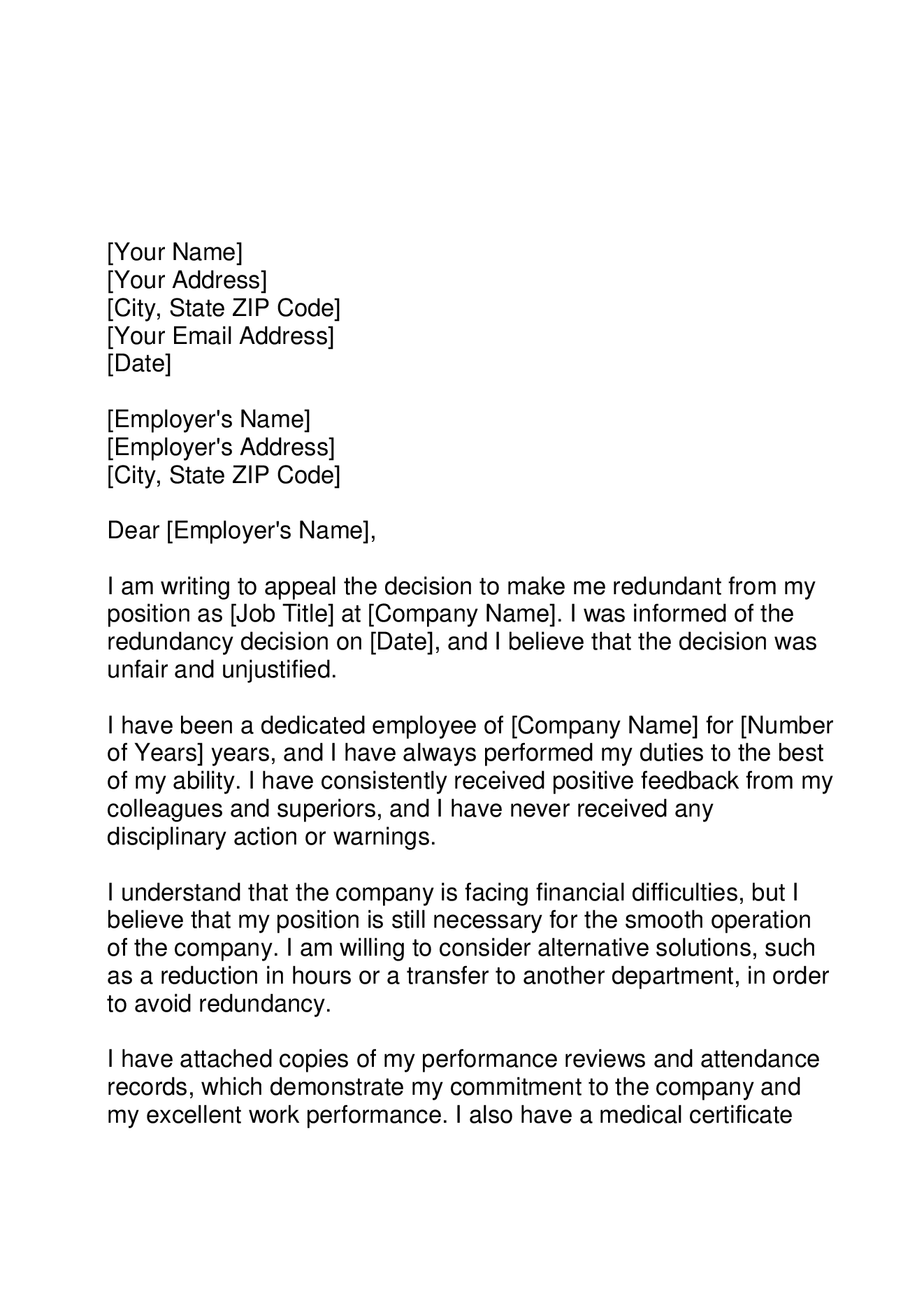Who Pays Redundancy Money? A Thorough Overview for Companies and Employees
Who Pays Redundancy Money? A Thorough Overview for Companies and Employees
Blog Article
Exploring the Operational Dynamics of Business Redundancy and Its Long-Term Sustainability

Redundancy Methods for Business Connection
In order to guarantee nonstop operations, organizations need to implement reliable redundancy techniques for company connection. Redundancy in this context refers to the duplication of vital elements or features within a system to reduce the effect of potential failures. By integrating redundancy techniques, companies can improve their strength against disturbances caused by different aspects such as all-natural disasters, equipment failings, or cyber-attacks.
One usual redundancy approach is the implementation of backup systems and information storage remedies. This involves developing matches of essential information and systems that can be turned on in instance of a key system failing. In addition, organizations can establish redundant interaction channels and power resources to keep connectivity and operations during unforeseen occasions.
Additionally, cross-training employees to perform numerous duties within the company can function as a useful redundancy technique. If crucial workers are not available due to disease or various other reasons, this guarantees that important tasks can still be carried out also. On the whole, efficient redundancy approaches are necessary for companies to promote operational connection and reduce the effect of possible disturbances.
Impact of Redundancy on Organizational Resilience
Provided the vital role redundancy techniques play in making sure company continuity, checking out the impact of redundancy on organizational strength ends up being essential for recognizing the all natural operational dynamics of a company. Business strength refers to an entity's capacity to adapt to disruptions, recover from setbacks, and transform when essential while keeping core features. Redundancy, when strategically implemented, can substantially contribute to improving an organization's durability in the face of unexpected difficulties. By having backup systems, workers, or processes in position, firms can better hold up against shocks and proceed procedures with very little disruption.
Additionally, redundancy can reinforce staff member morale and confidence, knowing that there are contingency strategies in position to resolve unpredicted circumstances. This complacency can lead to boosted efficiency and an extra favorable work atmosphere. In addition, redundancy can promote development and imagination within a company as staff members feel equipped to take calculated risks, understanding that there is a safeguard to sustain them in case of failing. Generally, the effect of redundancy on business strength is profound, shaping the long-term sustainability and success of a firm.
Stabilizing Efficiency and Flexibility in Redundancy
Achieving a harmonious stability in between operational efficiency and adaptive versatility is an essential difficulty in the critical implementation of redundancy within companies. Also much adaptability without a strong functional structure can result in inadequacies and disparity.
To balance efficiency and flexibility in redundancy preparation, companies must thoroughly analyze their operational requirements, market characteristics, and calculated goals. Executing lean visit the website techniques can improve efficiency by eliminating and enhancing processes waste, while fostering a society of adaptability and continuous improvement can boost versatility. In addition, spending in cross-training programs and durable communication channels can help grow a functional labor force with the ability of handling diverse tasks throughout durations of change. Ultimately, finding the ideal balance in between performance and flexibility is essential for developing a resilient and lasting organization despite uncertainty.
Long-Term Sustainability With Redundancy Preparation
To make certain long-lasting viability and stability, companies have to strategically align their redundancy preparation with lasting sustainability goals, thus integrating functional efficiency with adaptive versatility. Business need to see redundancy not as a reactive remedy to prompt problems however as an aggressive strategy for lasting success.

Aggressive Procedures for Lasting Firm Operations
Exactly how can firms proactively boost their operational sustainability for long-term success? Implementing aggressive measures is crucial for firms aiming to make certain sustainable operations.
In addition, cultivating a culture of continuous enhancement and understanding within the organization can enhance adaptability to changing market problems and client needs. Motivating worker participation in decision-making procedures and supplying chances for specialist growth can boost morale, performance, and total performance. Developing clear goals, checking essential efficiency indications, and frequently evaluating development are essential components of positive sustainability management.
Working together with vendors, clients, and various other stakeholders to promote sustainable techniques throughout the supply chain can create a causal sequence of favorable effect - redundancy pay if company goes bust. By taking aggressive actions in the direction of functional sustainability, business can build resilience, drive advancement, and safeguard their lasting success in an ever-evolving organization landscape
Final Thought

In the realm of organizational monitoring, the critical implementation of firm redundancy stands as a crucial yet detailed technique that demands a delicate equilibrium in between functional effectiveness and long-term viability. By exploring the functional characteristics that underpin company redundancy and evaluating its more comprehensive Bonuses implications for organizational durability and versatility, from this source a nuanced understanding of how redundancy approaches can shape the future trajectory of a firm begins to unravel.Given the critical duty redundancy techniques play in guaranteeing business continuity, exploring the effect of redundancy on business strength ends up being imperative for recognizing the alternative operational characteristics of a firm. On the whole, the effect of redundancy on organizational strength is profound, forming the long-lasting sustainability and success of a business.
In conclusion, recognizing the operational dynamics of business redundancy is crucial for making sure long-lasting sustainability.
Report this page